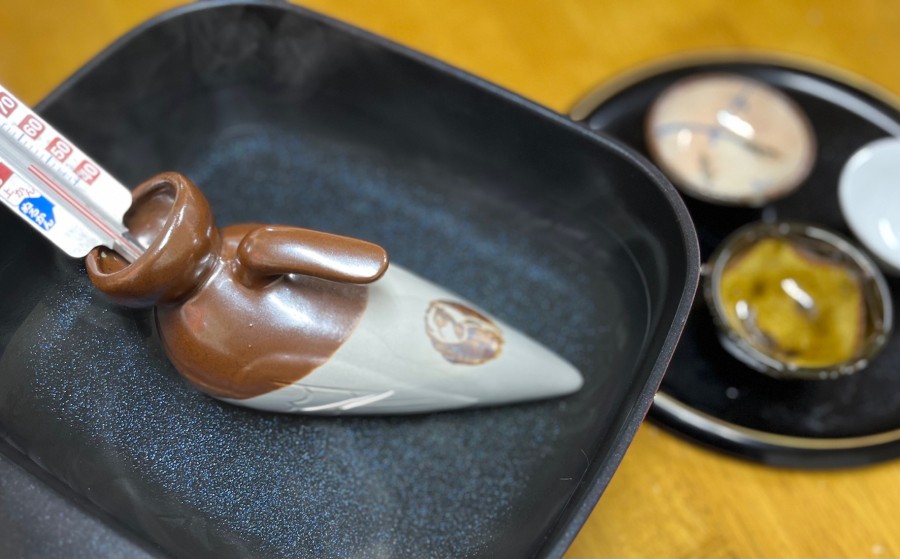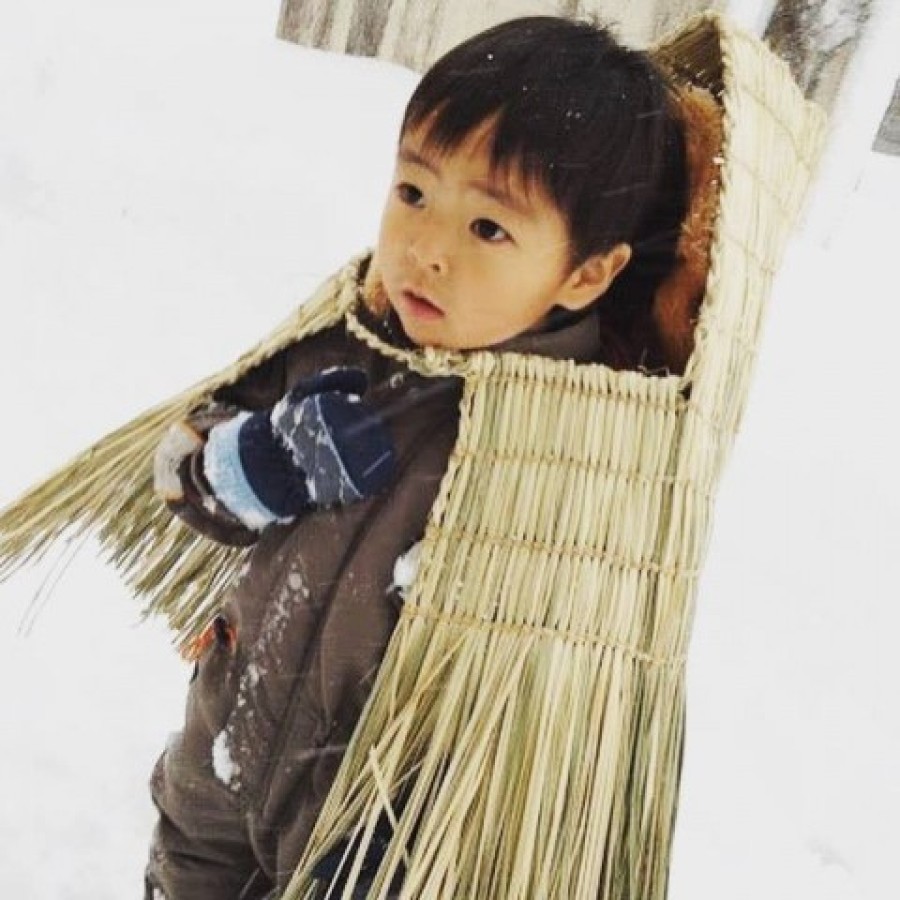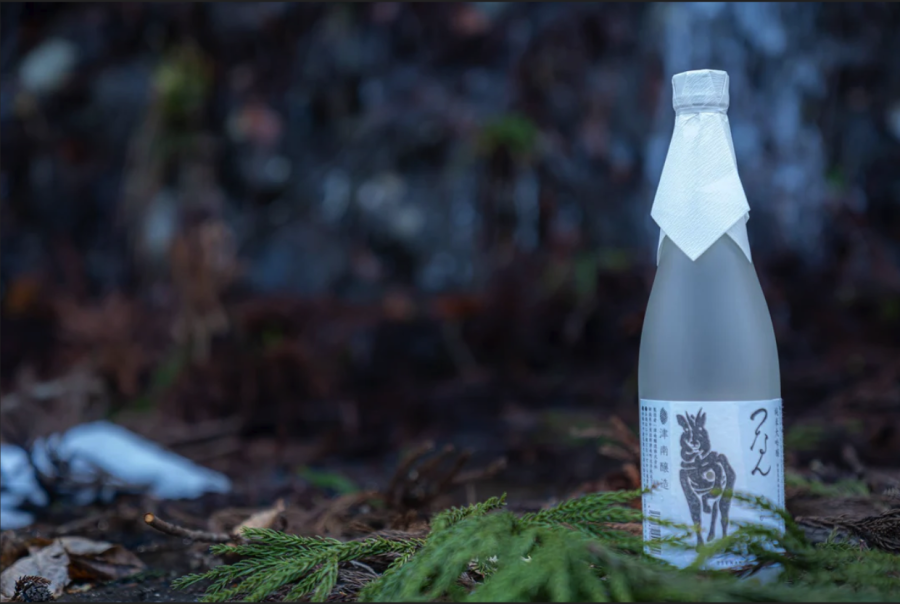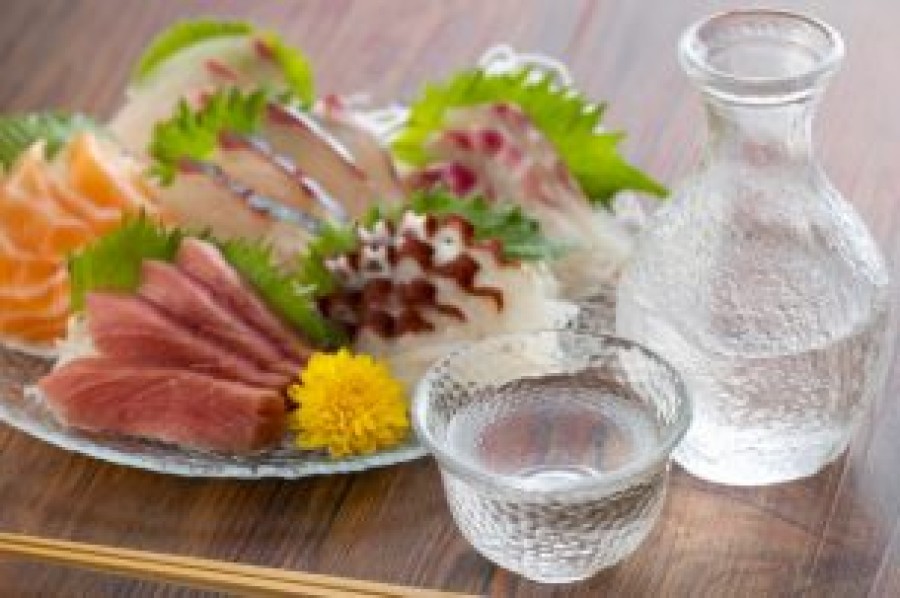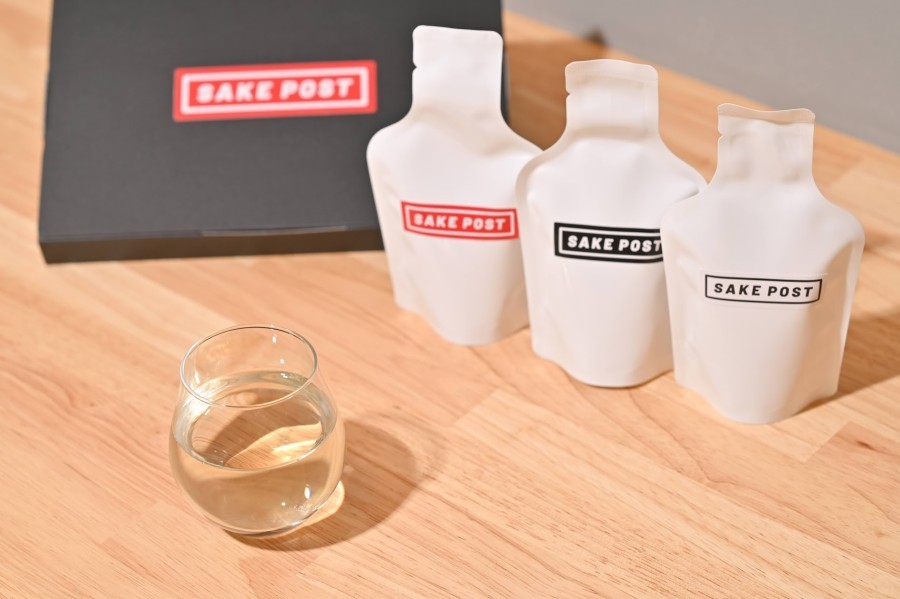What we know about the current state of heated sake from the Heated Sake Contest
The results of the 14th National Heated Sake Contest, a competition to assess the taste of sake when drunk warm, a key feature of Japanese sake, were announced on 6 August 2022.
Although we think of heated sake in summer, this competition is also meant to be an early introduction to products that we hope will be enjoyed with heated sake this autumn and winter, before the season when we start to miss heated sake.
The food culture of drinking sake warmed is documented from the Heian period (794-1185), and it is also reported that during the Edo period (1603-1868), drinking sake heated was the norm.
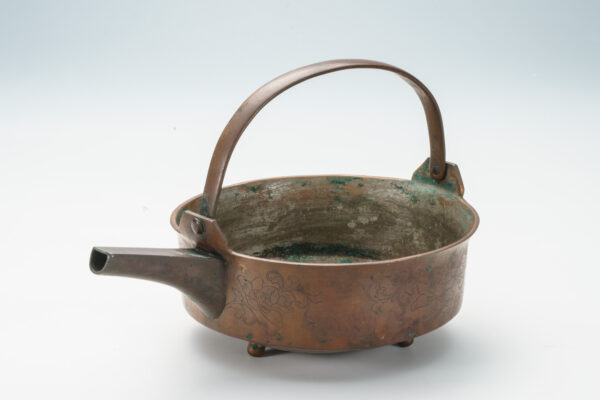
Heated pot in the collection of the Kikusui Institute of Japanese Sake Culture. A similar heated pot also appears in the Shuhanron Emaki, which dates from the late Muromachi period (mid-16th century). It depicts a pot placed over a charcoal fire and heated over an open fire.
The culture of heating sake has a long history, but sake connoisseurs aside, many people find heating sake a bit of a hurdle.
With the boom in ginjo and nama sake around 40 years ago, it has become (was?) common practice to drink fresh sake chilled as a gateway to Japanese sake. This is probably one of the reasons for this.
At the same time, various misconceptions about heated sake arose, which led to the first 'Heated Sake Contest' in 2009, which saw the start of analyses of the quality of heated sake by a specialist organisation.
When it was first held, there were no divisions, but from 2013 it was divided into three categories: value lukewarm (40-45°C), value hot (50-55°C) and premium heated sake (40-45°C), and then from 2003 into the same four categories as today (value lukewarm, value hot, premium heated sake and special lukewarm).
The special lukewarm category is for lukewarm heated special sake, such as nigori (nigori) and koshu (old sake). The organisers' aim is to make heated sake more widely enjoyable, and this may also be a sign that the range of ways to enjoy heated sake is broadening among drinkers.
Heating up the wine increases its flavour, gives it a different taste and, depending on the type of food, improves its compatibility.
Learn how to enjoy heated sake and try it at home or in a restaurant this winter.
What is heated sake called and how to heat it up
Let's start with the basics.
Heated sake has a traditional name depending on the temperature.
The official website of the Central Association of Japanese Sake Brewers introduces warming sake as one way to 'enjoy sake'.
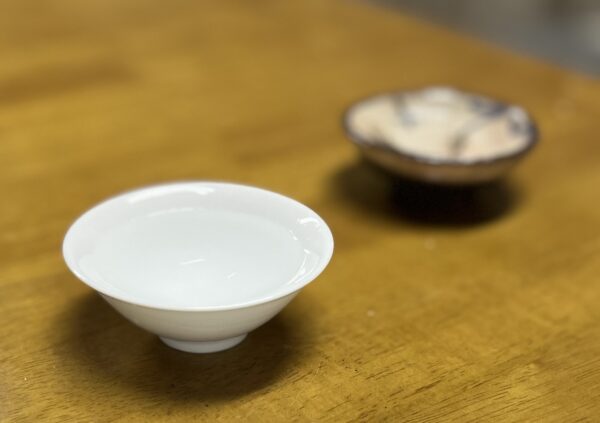
Generally speaking, a flat sake cup with a wide mouth is suitable for heating sake.
There are three main temperature ranges for sake: warmed sake (heated), chilled sake (chilled), hiya-zake (chilled) and jonen (room temperature). It is surprising that hiya-zake = room temperature. Cold sake and chilled sake are often confused, but it is important to know that they are two different things.
Heated sake is called for as follows.
Almost 30 °C (30 °F ), sun-heated.
Almost 35°C (approx.), heated to human skin.
Almost 40°C, lukewarm.
Almost 45 °C (45 °F), heated to the top.
Almost 50°C (50°F), hot.
Almost 55 °C (55 °F), jumped-up temperature (tobikiri kan)
The most common and recommended method of heating up is the yusen method.
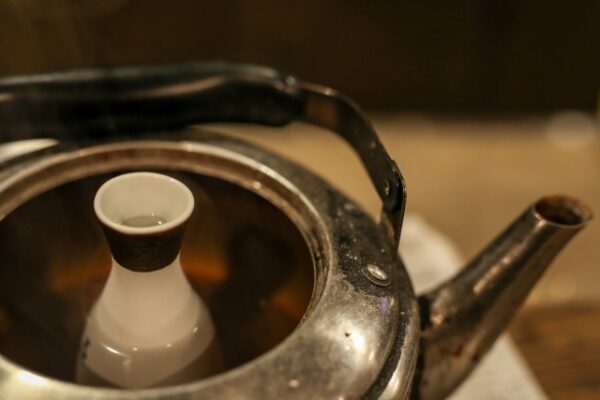 Boil enough water in a kettle or saucepan to soak the tokkuri to about 8 parts full, and when it boils, turn off the heat. Leave to soak until the desired temperature is reached.
Boil enough water in a kettle or saucepan to soak the tokkuri to about 8 parts full, and when it boils, turn off the heat. Leave to soak until the desired temperature is reached.
A thermometer is essential at this point.
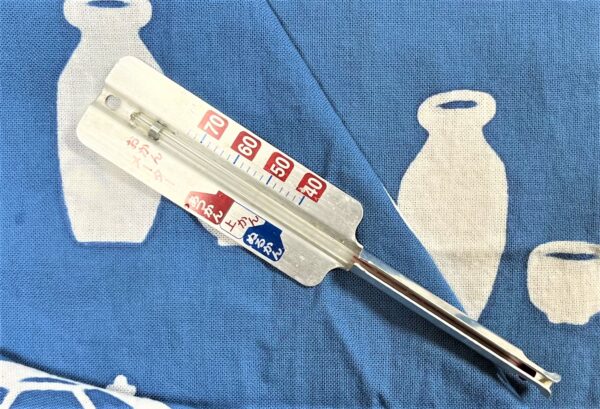
This is the 'Okan meter'. Check out the various sake warming meters available from several companies.
It is also easy and recommended to open the lid of a cup of sake or a one-part bottle and boil it in hot water.
A more convenient option is microwaving! Heating up.
During a long-term interview at one sake brewery, the veteran toji said that throughout the year, two cups of lentil-heated, lukewarm sake was his evening drink. He would pair it with simple snacks such as soaked seasonal vegetables. In the coming season, it would be soaked winter vegetables. ......
When heating in a microwave oven, a round ceramic sake bottle is recommended. Place it on the edge of the turntable to avoid unevenness, or stir it with a muddler after heating. Cups of sake and one-part tokkuri can also be heated in the microwave.
The last one is 'steaming hot'.
I experienced this in a warmed sake course given by food culture researcher Makiko Teshima when she did a special feature on lukewarm sake for Niigata Hatsuri R a few years ago.
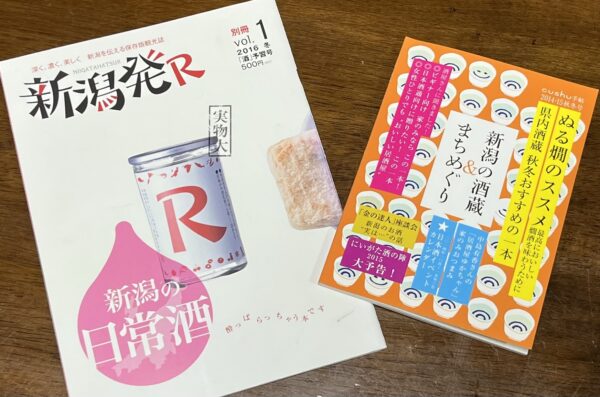
Niigata Hatsu R, Winter 2016, full volume 2 (left) and cushu Techo, Autumn/Winter 2014 (right), with a special feature on lukewarm heating.
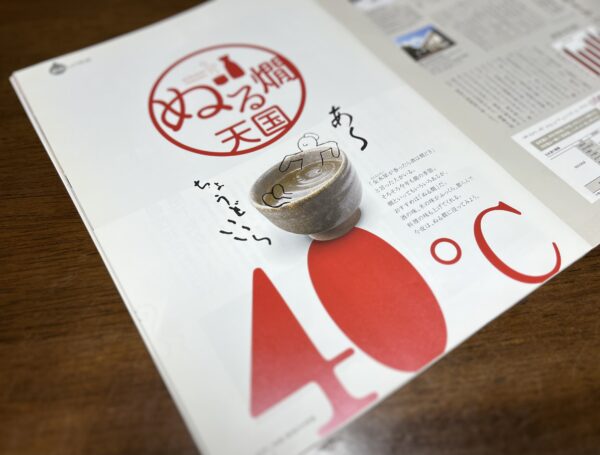
Door to the lukewarm feature in Niigata Hatsu R.
On this occasion, three different types of sake (junmai ginjo-shu, junmai-shu and tokubetsu junmai-shu) were heated to 10°C, 45°C hot water heating and 45°C steaming, respectively, to enjoy the differences in aroma and taste. I still vividly remember the gentle, puffy heated taste of the steaming-warmed sake. I also realised that the same sake can taste different depending on the temperature and the way it is heated.
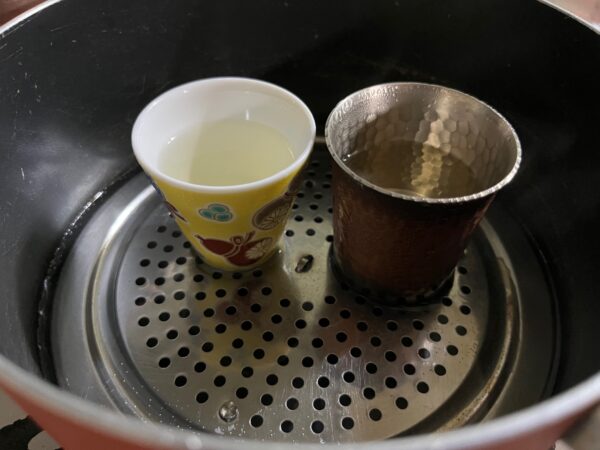
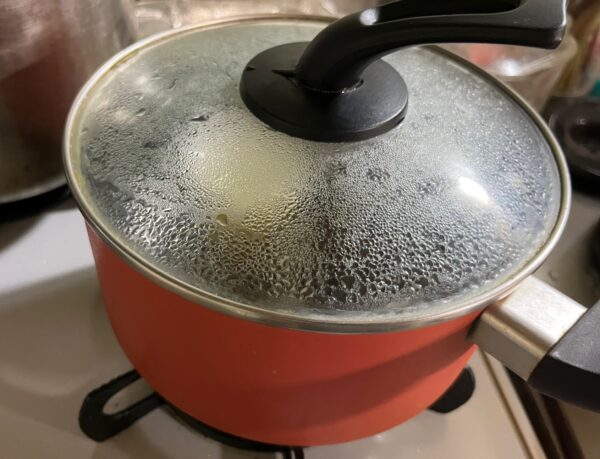 You can easily do this with an ordinary pot and a steaming plate sold at a hundred-yen shop, so play the game and try different ways of heating up the same sake, enjoy the different tastes at different temperatures, and find your own favourite heated sake.
You can easily do this with an ordinary pot and a steaming plate sold at a hundred-yen shop, so play the game and try different ways of heating up the same sake, enjoy the different tastes at different temperatures, and find your own favourite heated sake.
Opinions on heating nigori sake are divided, as it is a luxury item. However, we often hear people say that there are moments of superb flavour that can only be experienced with heated nigori sake.
The Japan Sake Brewers Association website also states that the richness of nigori sake acts like a sauce in Western cuisine and goes well with fried foods such as fried oysters. It is also said to go well with spicy dishes such as Thai and Vietnamese cuisine, which I would like to try.
Heating goods, a strong ally of the heated lifestyle.
A familiar tool for heating water has long been the chirori, which is used to heat water by placing the handle over the rim of the pot. They are made of copper, tin or aluminium.
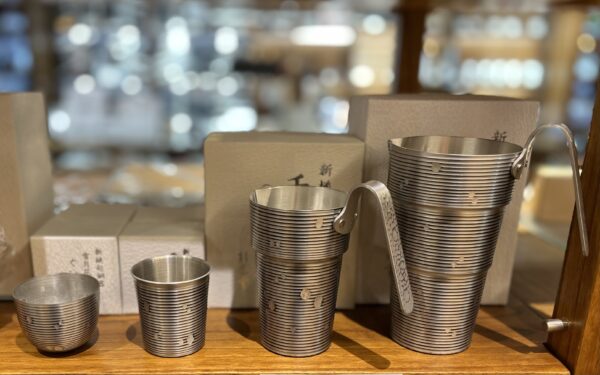
These are the Setsugetsuka sake cups from Shinkodo (Tsubame City), which are sold at Ponshukan Craftsmanship. The two on the right are chirori made of pure copper, plated with tin on the inside.
Midorikawa Sake Brewery (Uonuma City) has developed original chiroli. It is sold at liquor outlets with which it does business.
Sake warmers and chirori are available as a set, as well as sake warmers and tokkuri in one piece. Some are a set of sake warmer and chirori, while others are a sake warmer and tokkuri all in one. A wide range of traditional and modern heating products are made in the prefecture, mainly in Tsubame and Sanjo, Niigata's manufacturing centres.
The Twinbird sake heateris also a hometown product.
Metal Don Kanda (Tsubame City), which has attracted attention for its non-chillable tableware, has also developed tokuri (sake cups) and gugumeumi (drinking cup s) using the same technology. They keep the sake at your favourite temperature, and are recommended for those who want to enjoy heated sake slowly and sipping it while enjoying conversation.
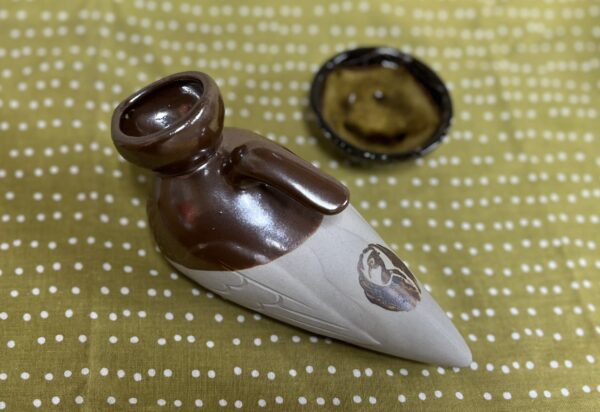
There is also a folk art 'pigeon heater', which was used in the old days to warm sake by sticking its tail into the ashes of the hearth. Tasai Sake Shop (Niigata City) sells original toki warmers stamped with the crested ibis.
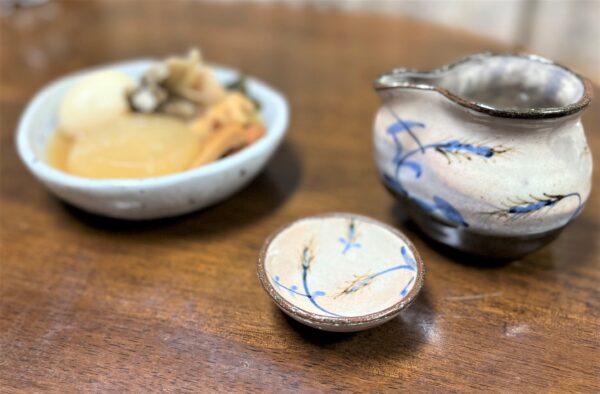
Goods, how to wear them, food to match -.
Opening the door to the world of heated sake will no doubt broaden the range of deliciousness of Niigata sake.
高橋真理子
2022.11.30
advertisement


